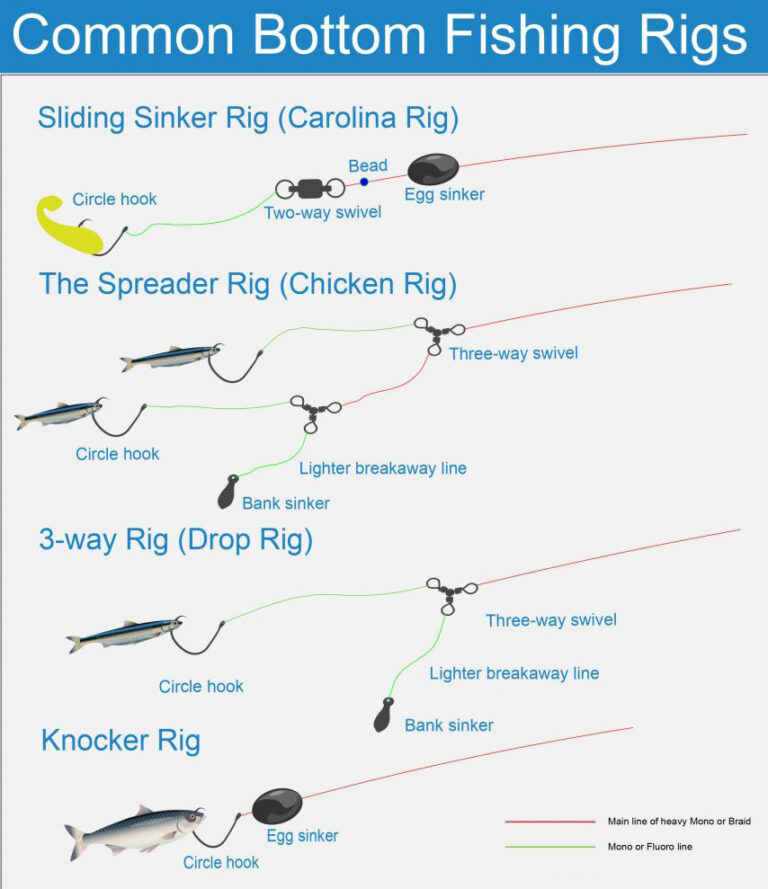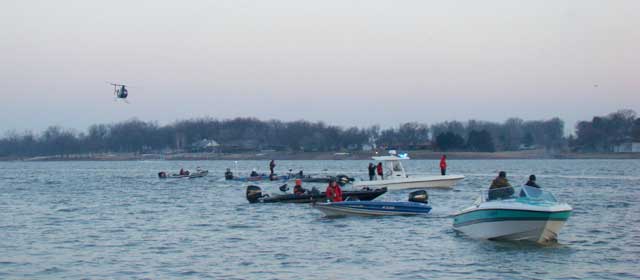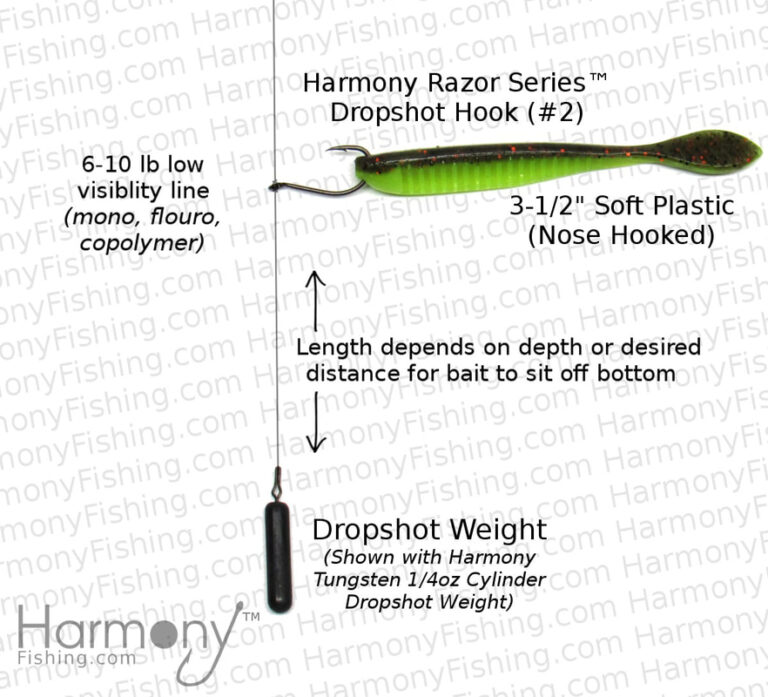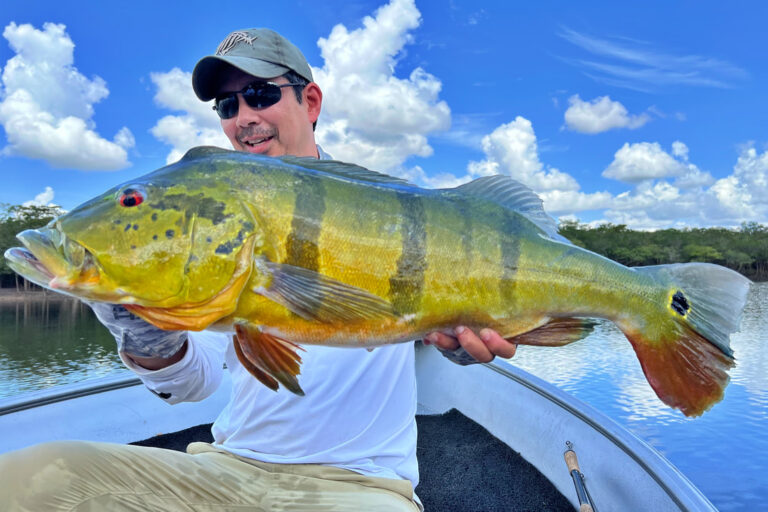How Big Can Crappie Get
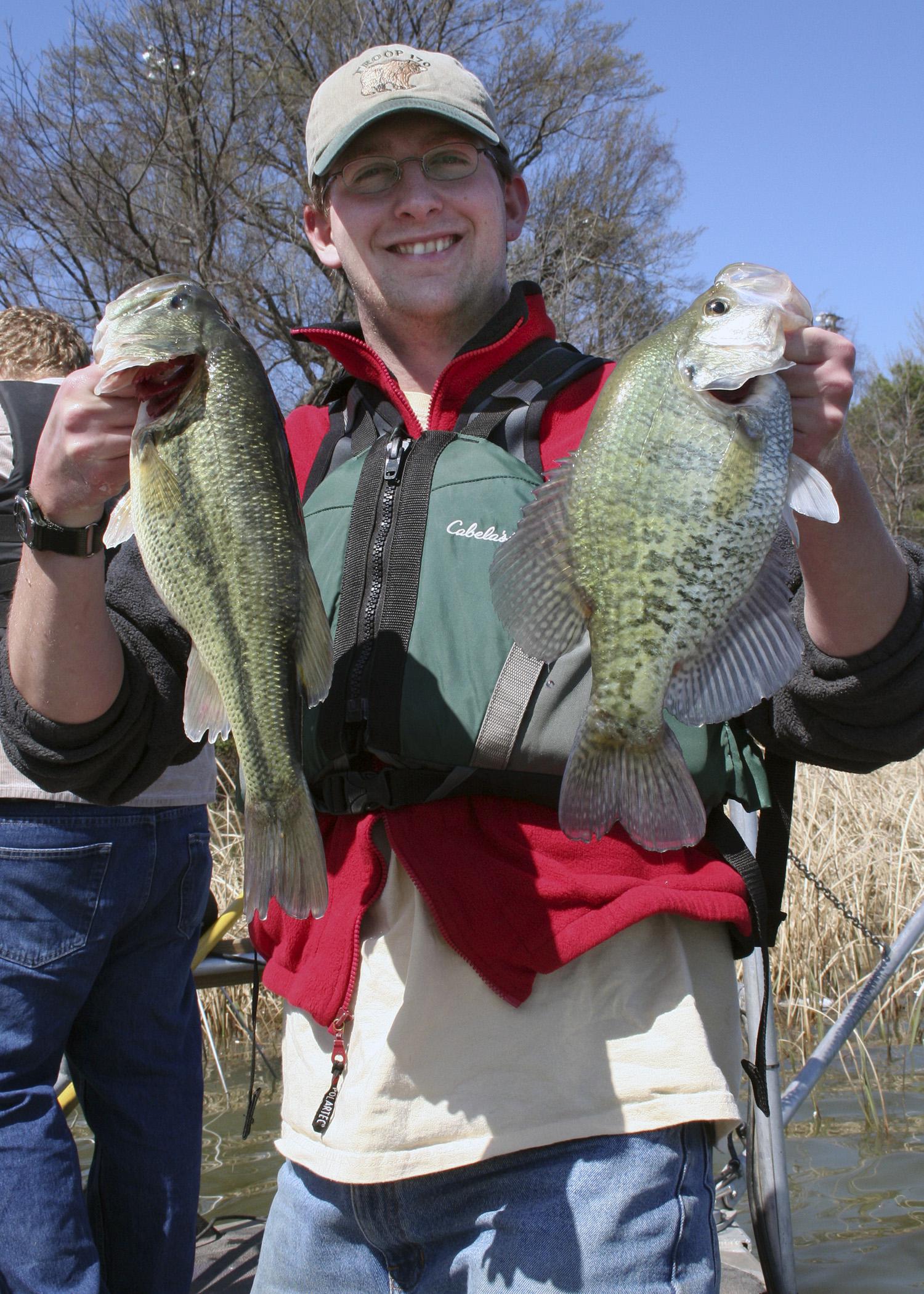
Crappie can grow up to 12-15 inches in length, depending on the species and environmental factors. They are a popular game fish known for their delicious taste and challenging catch.
Whether you are fishing in Texas or Florida, crappie can reach impressive sizes, with the potential to break world records. We will explore the factors that contribute to the size of crappie, their habitat preferences, and some tips on how to catch these elusive fish.
So, if you’re curious about how big crappie can get and want to improve your fishing skills, keep reading!
Average Size Of Crappie
Crappie Fish: The average size of white crappie can range from 8 to 15 inches, with the potential to reach a maximum length of 19 inches. On the other hand, black crappie typically grow between 5 to 12 inches in size, with a maximum length recorded at 19.3 inches. The average weight of black crappie is around 0.5 to 1 lb, while white crappie can weigh between 0.5 and 2 lbs. Both species have the potential to grow larger under favorable conditions such as ample food supply and suitable water temperature.
Largest Crappie Ever Caught
Discover the secret behind the largest crappie ever caught! Learn about how big crappie can get, with some reaching impressive lengths and weights. Explore the stories, locations, and people behind the record catches, and be amazed by the size of these fish.
| Largest Crappie Ever Caught: | World record crappie size |
Factors That Affect Crappie Growth
|
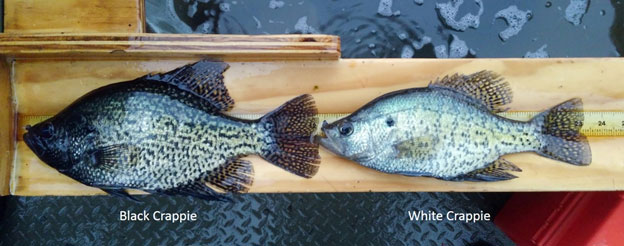
Credit: www.in.gov
Identifying Crappie
Identifying Crappie: Crappie can be identified by their physical characteristics. They have a deep and laterally compressed body, with a protruding upper jaw and a relatively large mouth. Their coloration is typically silvery-gray to greenish, with vertical bars along their body.
Distinguishing features from other fish species: Crappie can be distinguished from other fish species by their size and coloration. They are similar in appearance to other sunfish species, but their distinct pattern of dark spots and their slender body shape set them apart.
Crappie Fishing Tips And Techniques
| Best baits for catching crappie |
| – Minnows |
| – Jigs |
| – Soft plastics |
| – Crankbaits |
Choosing the right fishing equipment is crucial when targeting crappie. A medium-action spinning rod paired with a light reel is ideal. Use monofilament line between 4 to 8 pounds for better sensitivity. Crappie can be found in various water bodies, including lakes, reservoirs, rivers, and ponds. Some popular fishing spots for crappie are Austin, Texas, and Florida. When it comes to catching big crappie, understanding their habits and behavior is essential. Crappie are known for their schooling behavior and are often found in schools near structures such as submerged trees, brush piles, or rocks. Using the right baits, such as minnows or jigs, can significantly increase your chances of catching crappie. Remember to experiment with different colors and sizes to match the preferences of the crappie in your area.
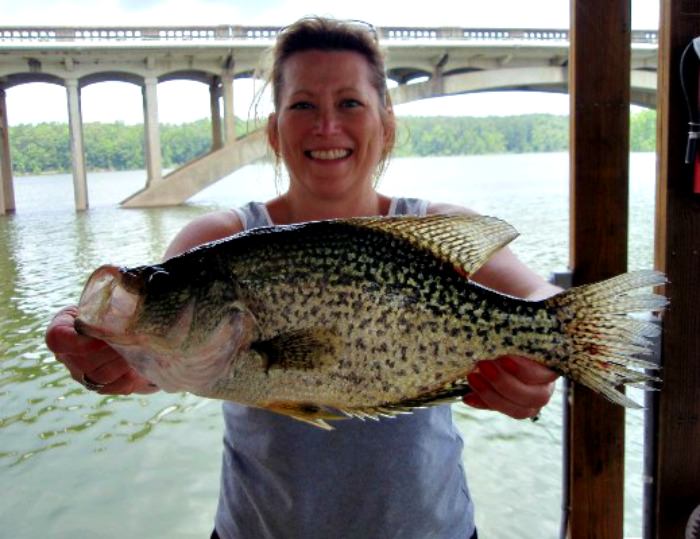
Credit: www.fishingloft.com

Credit: www.fieldandstream.com
Frequently Asked Questions On How Big Can Crappie Get
What Is The Biggest Crappie Ever Caught?
The biggest crappie ever caught weighed 5 lb 7 oz. It was a black crappie.
How Old Is A 14 Inch Crappie?
A 14 inch crappie is typically between 2-4 years old.
How Big Do White Crappie Get?
White crappie can grow up to three to five inches in length in their early stages.
What Is The Maximum Weight Of A Crappie?
The maximum weight of a crappie is 5 lb 7 oz, making it a popular game fish.
Conclusion
Crappie can grow up to 12 inches in length and can weigh between 0. 5 to 2 pounds. Understanding the maximum potential size of crappie is essential for anglers. With the knowledge gained from this post, you can enhance your fishing experiences and potentially catch that record-breaking crappie.
Happy fishing!
